
Plant specimen: Pinus pungens, also called Table Mountain Pine, hickory pine, prickly pine or mountain pine.
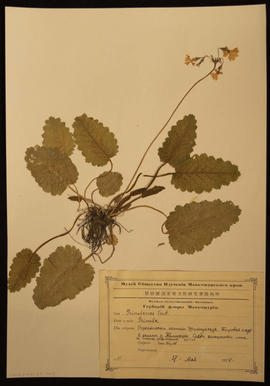
Plant specimen: Primulaceae Vent. Primula.
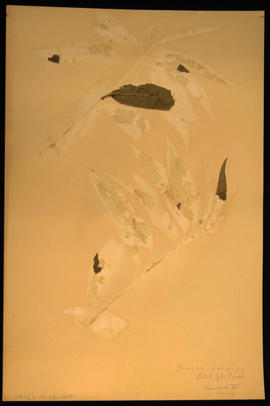
Plant specimen: Prunus persica. Dbl. fl. Peach. Kaises VII.

Plant specimen: Rosaceae B. Juss. Micromeles alnifolia Koehne

Plant specimen: Rosaceae B. Juss. Prunus padus L.
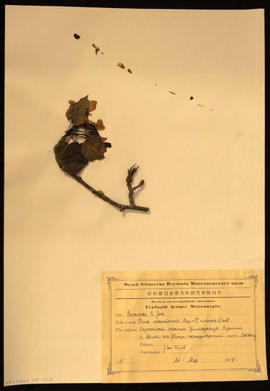
Plant specimen: Rosaceae B. Juss. Pyrus ussuriensis Max =P. Sinensis Lindl.

Plant specimen: Rosaceae B. Juss. Spirea Chamaedrifolia L. Common name germander meadowsweet or elm-leaved spirea
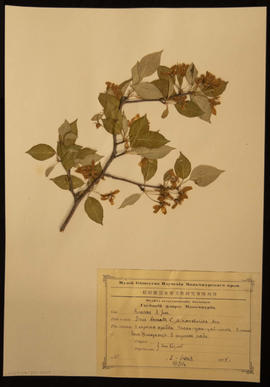
Plant specimen: Rosaceae B. Juss. Spirea Chamaedrifolia L. Common name germander meadowsweet or elm-leaved spirea

Plant specimen: Rosaceae B. Juss. Spirea media Schmidt
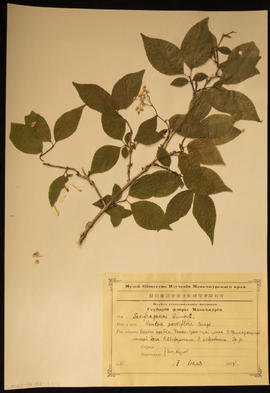
Plant specimen: Saxifragaceae Dumort. Deutzia parviflora Bunge

Plant specimen: Saxofragaceae Dumort. Ribes manshuricum (Max.) Kom

Poetry Reading at the South Dakota Art Museum

Point on the Inland Sea in Japan in 1924
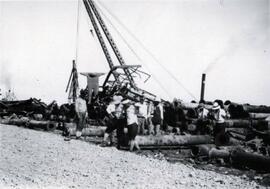
Porters lifting iron pipes at the port on Tokyo Bay at Yokohama, Japan in 1924

Powerlines on the Trans-Siberian Railway enroute to Saolin in northern China in 1924

Preheim, Henry

President Richard Nixon addressing Congress

Professor N.E Hansen on the horticulture grounds at South Dakota State College, undated

Professor N.E. Hansen, undated

Pugsley Center
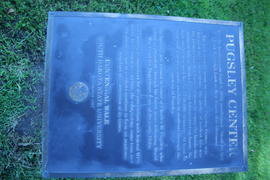
Pugsley Center Plaque

Putnam, Erna

Railway station in Saolin in northern China in 1924

Rames, William
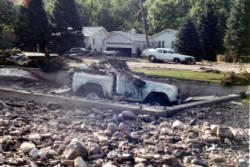
Rapid City, South Dakota flood damage

Rapid City, South Dakota flood damage

Rapid City, South Dakota flood damage

Rapid City, South Dakota flood damage
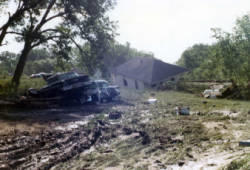
Rapid City, South Dakota flood damage

Rapid City, South Dakota flood damage
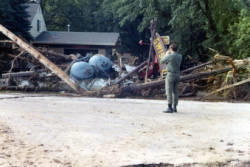
Rapid City, South Dakota flood damage
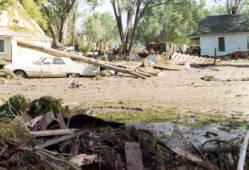
Rapid City, South Dakota flood damage

Rapid City, South Dakota flood damage

Rapid City, South Dakota flood damage

Rapid City, South Dakota flood damage

Rapid City, South Dakota flood damage

Rapid City, South Dakota flood damage

Rapid City, South Dakota flood damage

Rapid City, South Dakota flood damage

Rapid City, South Dakota flood damage

Rapid City, South Dakota flood damage

Rapid City, South Dakota flood damage
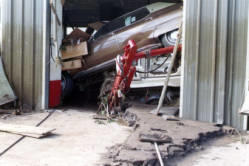
Rapid City, South Dakota flood damage
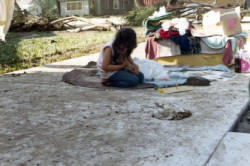
Rapid City, South Dakota flood damage

Rapid City, South Dakota flood damage

Rapid City, South Dakota flood damage

Rapid City, South Dakota flood damage

Rapid City, South Dakota flood damage

Rapid City, South Dakota flood damage

Rapid City, South Dakota flood damage
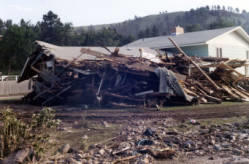
Rapid City, South Dakota flood damage
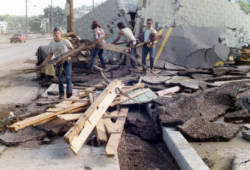
Rapid City, South Dakota flood damage

Rapid City, South Dakota flood damage

Rapid City, South Dakota flood damage
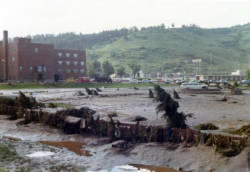
Rapid City, South Dakota flood damage

Rapid City, South Dakota flood damage

Rapid City, South Dakota flood damage

Rapid City, South Dakota flood damage

Rapid City, South Dakota flood damage

Rapid City, South Dakota flood damage

Rapid City, South Dakota flood damage

Rapid City, South Dakota flood damage

Rapid City, South Dakota flood damage

Rapid City, South Dakota flood damage
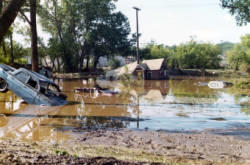
Rapid City, South Dakota flood damage

Rapid City, South Dakota flood damage

Rapid City, South Dakota flood damage

Rapid City, South Dakota flood damage
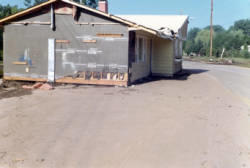
Rapid City, South Dakota flood damage

Rapid City, South Dakota flood damage

Rapid City, South Dakota flood damage

Rapid City, South Dakota flood damage
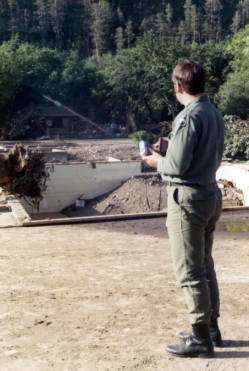
Rapid City, South Dakota flood damage

Rapid City, South Dakota flood damage

Rasmussen, Charles A., Mrs.
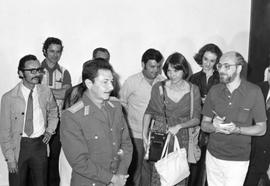
Raul Castro

Rausch, William

Reaves, Lorraine

Rebbe, Leona

Recognition service for Dr. N.E. Hansen at South Dakota State College in 1949

Recognition service for Dr. N.E. Hansen at South Dakota State College in 1949
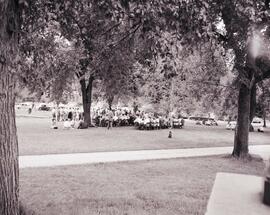
Recognition service for Dr. N.E. Hansen at South Dakota State College in 1949
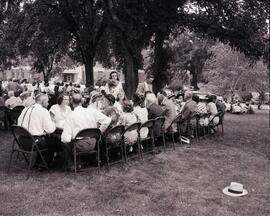
Recognition service for Dr. N.E. Hansen at South Dakota State College in 1949
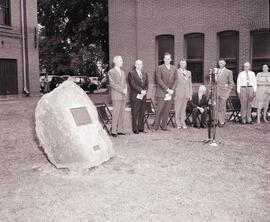
Recognition service for Dr. N.E. Hansen at South Dakota State College in 1949

Recognition service for Dr. N.E. Hansen at South Dakota State College in 1949

Recognition service for Dr. N.E. Hansen at South Dakota State College in 1949

Recognition service for Dr. N.E. Hansen at South Dakota State College in 1949

Recognition service for Dr. N.E. Hansen at South Dakota State College in 1949

Recognition service for Dr. N.E. Hansen at South Dakota State College in 1949

Recognition service for Dr. N.E. Hansen at South Dakota State College in 1949
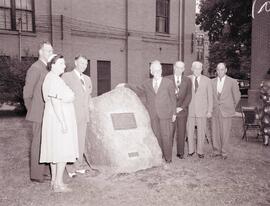
Recognition service for Dr. N.E. Hansen at South Dakota State College in 1949

Recognition service for Dr. N.E. Hansen at South Dakota State College in 1949
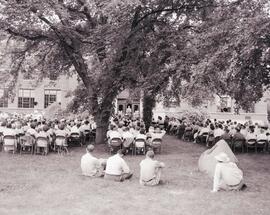
Recognition service for Dr. N.E. Hansen at South Dakota State College in 1949

Rehfeld, Louisa F.

Rehorst, Henry J., Mrs.

Renner, George L., Mrs.

Representative Frank Denholm awarded a certificate of appreciation

Research Notes

Research notes
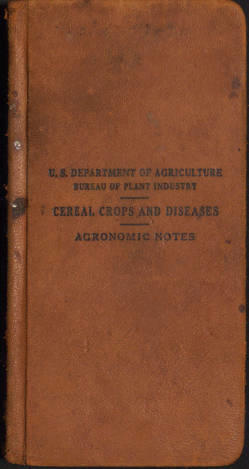
Research notes




































































































